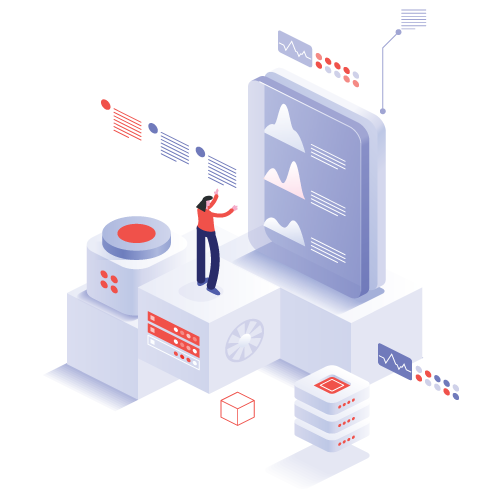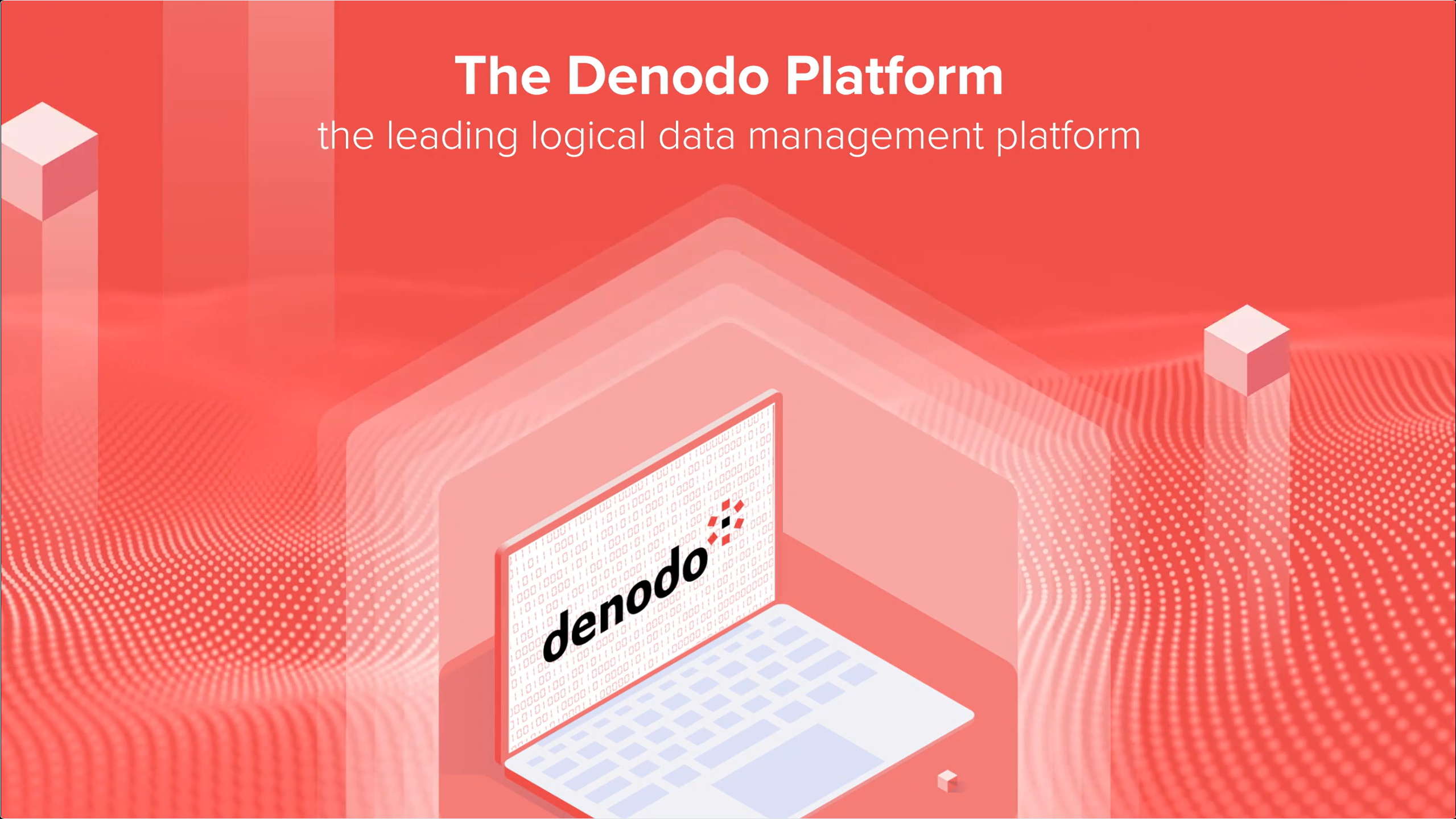Physical data management is the process of implementing and maintaining the physical storage, access, and processing of data in a database management system or other data storage technology. It involves implementing the logical data model in a specific database technology and defining the physical characteristics of the data storage and access.
We are all familiar with relational, NoSQL, and Data Warehouse management systems, etc. All of these are examples of physical data management.
Logical Data Management is a process of organizing and managing data based on its logical relationships, meaning, and context. It focuses on defining data elements, their relationships, and their attributes in an understandable and meaningful way to both business and technical users.
The goal of Logical Data Management is to create a conceptual model of the data that all stakeholders can easily understand and maintain. This includes defining data entities, their attributes, and the relationships between them, as well as defining business rules and data quality standards. The result of Logical Data Management is a logical data model, which is a high-level view of the data that does not depend on any specific technology or implementation.
Logical Data Management is critical for ensuring that data is well-organized, understandable, and meaningful, essential for effective data governance, integration, and analytics.
While physical data architecture has been the predominant architecture used for decades, logical data management is increasing in popularity, for its agile nature. One of the hottest topics in the data management space is data fabric, which enables augmented data integration and sharing across heterogeneous data sources. This concept of heterogeneous data sources means you are establishing a logical data access layer atop these various data sources. Likewise, another very popular data management pattern today is data mesh, which is inherently a logical data architecture. It is built on a distributed data platform, and data access is gained through domain-based data products, which are located in an abstraction layer of underlying data sources. The consumers of data products do not necessarily see – or even know anything about – the underlying data sources. These links will provide you with more detail about data fabric and data mesh.
Data virtualization implements logical data architecture and management that integrates all enterprise data siloed across disparate systems, manages unified data for centralized security and governance, and delivers it to business users in real time.
To learn more about data virtualization, visit the link below.




